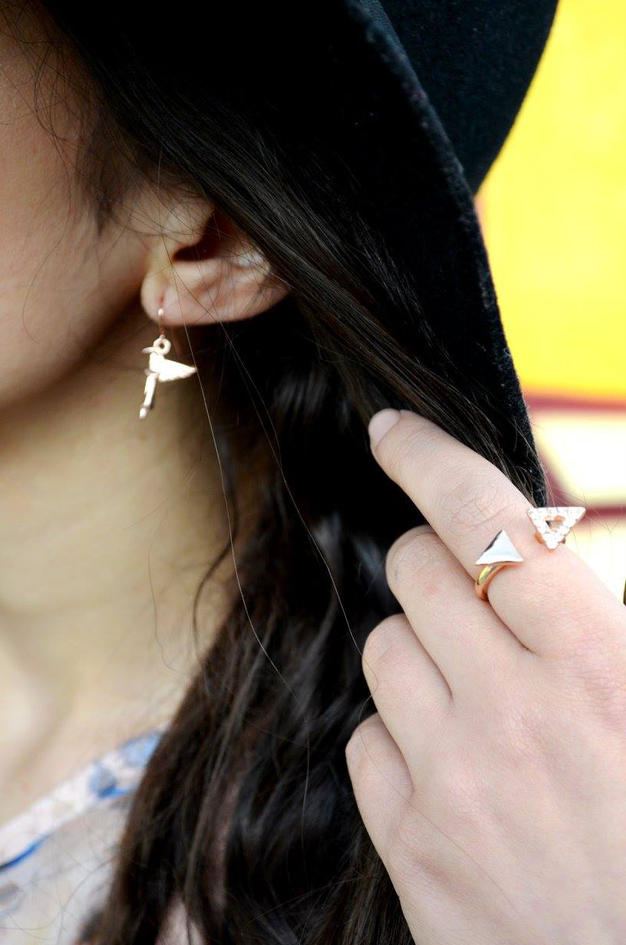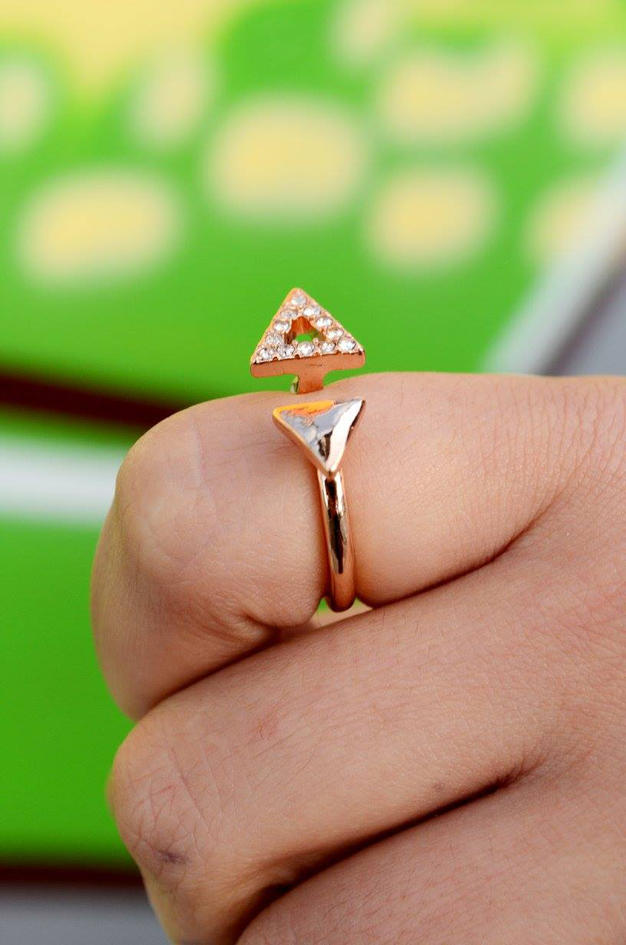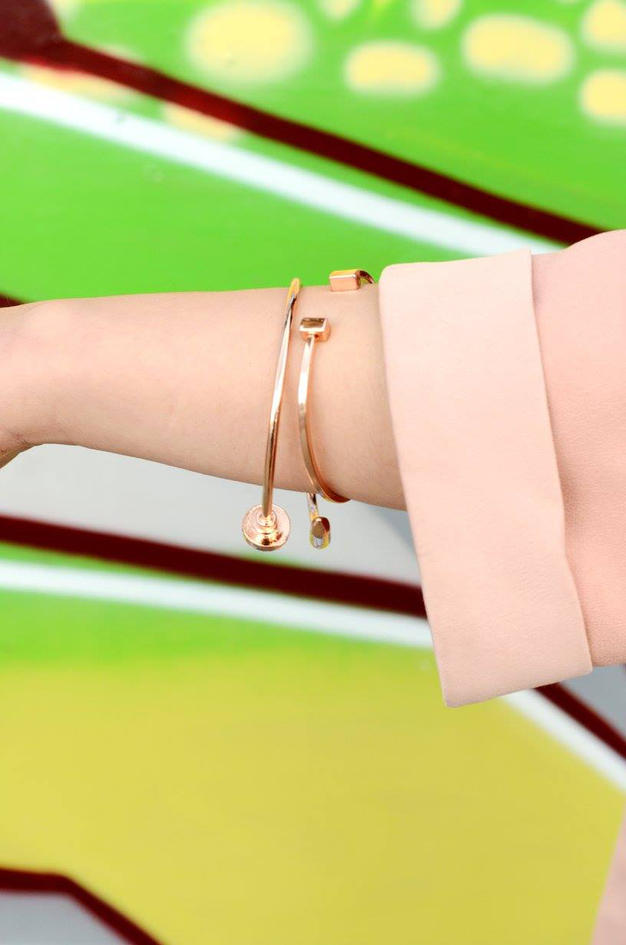Last week we discussed the impact of Art Nouveau and Minimalist wearable art on modern jewellery curation in the History of Jewellery Part I and in part II we examine the prevalence of gold and silver and its relevance or importance to modern jewellery retailers like Majique. Gold and silver, in particular gold is one of the greatest discoveries known to humankind; the greatest contribution to our societies economic, sociological and cultural progression, gold was the first widely known metal to our species.
Unlike silver, bronze or rose-gold, gold is the purest metal allowing it to be deftly moulded into submission because it is not found in ‘ore bodies’ that can be difficult to ‘smelt’. Unlike other metals gold is difficult to tarnish, making it the ideal metal to symbolize class, wealth and the metal most linked to royalty. But how can such a prestigious marker of wealth be so widespread in modern jewellery production. The answer is simple; mimesis, the process in which imitation becomes an ‘imitative representation of the real world in art and literature’. Thus like the real world which has seen the desire for ‘mass produced’ rings, necklaces and bangles increase dozenfold, the amount of ‘real gold’ and its worth decreases which is not neccessarily a bad thing. Over the years jewellery has shrugged off its reputation as a ‘precious commodity’ instead being re-labelled as ‘fashion’ or ‘costume jewellery’ making gold and silver be more accessible to all, regardless of wealth, class or status.

While gold and silver was once equated with the literal source of monetary production, today gold and silver is no more a marker of wealth as an item segregated by class and wealth. Instead metals no longer have limitations and are representative of a changing society which while still functions on an archaic system of capitalism, no longer extends its reach to jewellery production. Take Majique as a prime example, their jewellery might use precious metals like gold, silver and rose-gold but the ethos is very simple ‘ cheap and cheerful’ saves the day. This is no upmarket brand trying to sell you a ring at £100 nor is it exclusively made from ‘pure metals’. Instead to reduce costs for customers, most products are made from ‘gold tones’ or finishes, truly showing that art is indeed imitation. To the curators of the jewellery world, it would appear to be obvious that these metals are not real yet does it matter? Are we still pompous enough to believe that jewellery has to be ‘segregative’ and ‘exclusionary’ when the ability to make jewellery egalitarian has doubled jewellery production in the last twenty years?

Egalitarianism aside, the most popular metal in modern jewellery production is coloured gold, more specifically rose gold. But why is this? Rose gold is the very definition of mimesis because it is a ‘weaker’ but more beautiful imitation of its purer state ‘gold’ and while not found in ore bodies like silver and bronze, the complex art of mixing metals creates the stunning pinkish, red/yellow hue that we see on rose gold pieces today. Rose gold is by far my favourite metal and like all modern storytellers I too love imitation, especially when its imitative form is as beautiful as rose gold. The most prolific and rarest form of rose is (22 Karats) ‘crown gold’ , first introduced in England by Henry VIII in 1526 but the most common is 14 Karat rose gold, where 4% silver is added to 75% gold and 21% copper to give it its lustorous rose gold hue.
Semantics begone, rose gold is not just popular because of its appearence but because of its modified aestheticism is one of the cheapest gold imitations, thus making it perfect to become part of the ‘fashion jewellery’ family. Rose gold can be decorative as it can be minimalist but generally speaking rose gold is consigned to the minimalist spectrum of fashion jewellery curation. Whilst the origination of rose gold remains unclear the 90’s movement of minimalism saw a great influx of rose gold pieces permeate jewellery production but largely, unlike its more ancient counterparts Gold (Popularized in Ancient Egypt 3,000 -5,000 years ago) and Silver ( Pre-Mycenaean 3,000 BC) is relatively modern. Although in the semiotics of rose gold it is stated that rose gold was used by Eighteenth Century jewellers in ‘quatre-couleur gold’, which consisted of greenish, whitish, and pinkish iterations of the element from which decorative inlays were fashioned’, rose gold became popular again in 2012, after the changing nature of the recession led rose gold to become a precursor to populist revolution.

Thus it should seem fitting that rose gold becomes the final metal to take its place in Majique’s hall of fame, where the greats, though inexpensive will remain until the afterlife, in slumber until it is awakened but another curator of taste. One thing is for certain we may not know how the future of jewellery production will pan out but we do know that it will most probably be defined by the future of jewellery’s past. And yes that was a subversion of good ol’ Dicken’s novel ‘A Tale Of Christmas’s Past’ but when in doubt always quote the greats!
What is your favourite metal and why? Did you know anything about the history of jewellery?
Those pieces are gorgeous! I really love the ring, so unique!
I love those bangles. Interesting history too 🙂
Simple answer, no I had no idea about the history of any of my favourite jewelry. I do love the gold pieces you’ve showcased.
Wow! You really did your homework. Very interesting read and lovely jewellery!
Such an interesting post! I love the earrings.
So beautiful, I LOVE the design of this jewellery and Iove reading about the history of jewellery too. x
This is really fascinating to read Ana. I really enjoy learning from your blog. Thanks for sharing. I really want some earrings and I think understanding more on the history may make them more meaningful to me.
I love the jewellery and photos but I also love the information. I always seem to learn something new!
I am more of a silver fan because it suits my skin tone better, but I love gold as well x
This is a really interesting post! I personally like silver but I really do love rose gold as well, such a beautiful colour! Your photos are beautiful 🙂 xx
I love dainty unique little pieces, that ring is amazing! xo
I adore that bracelet. My daughter is obsessed with rose gold at the moment
This is amazing! I love fashion history, so interesting to read about.
How gorgeous!! I love knowing the history of things!! The gold looks gorgeous on you!
Such gorgeous pieces, I am loving the bangles! xo
I read part one then saw there was a part 2 I just had to read it